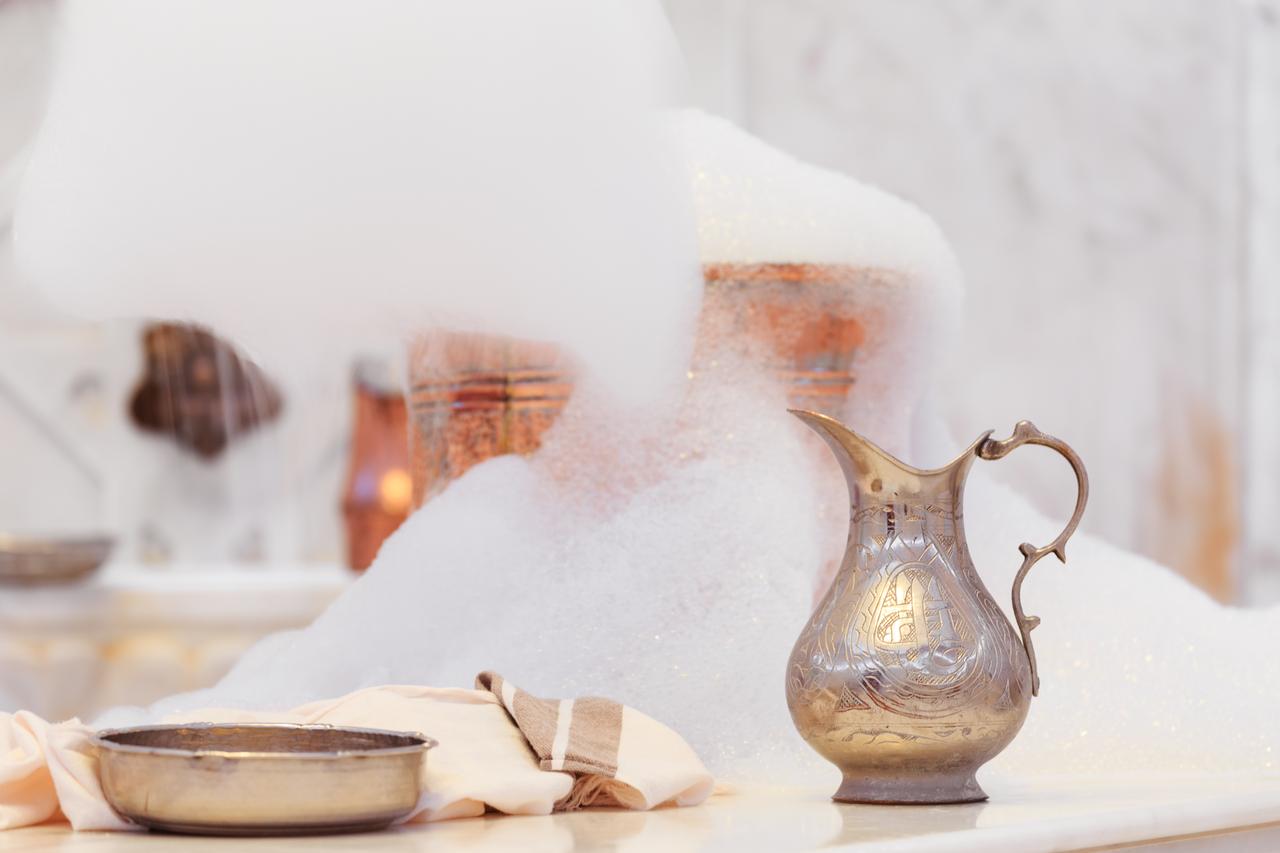
In the heart of Anatolia, far from the neon glow of modern spas, lie the timeworn domes of Türkiye’s historic bathhouses. These Turkish hamams—known for their steam-filled chambers, echoing domes, and marble stones—have stood for centuries not only as spaces for cleanliness but as vibrant arenas of female socialization and cultural continuity.
An academic study by Songul Karaca Aydin of Ataturk University, published in Bacini Art Journal in January 2025, sheds light on how these hamams were once the epicentres of women’s social life in Ottoman society. More importantly, it argues that women were not just users of these spaces—they were also the main agents of transmitting bath culture across generations.
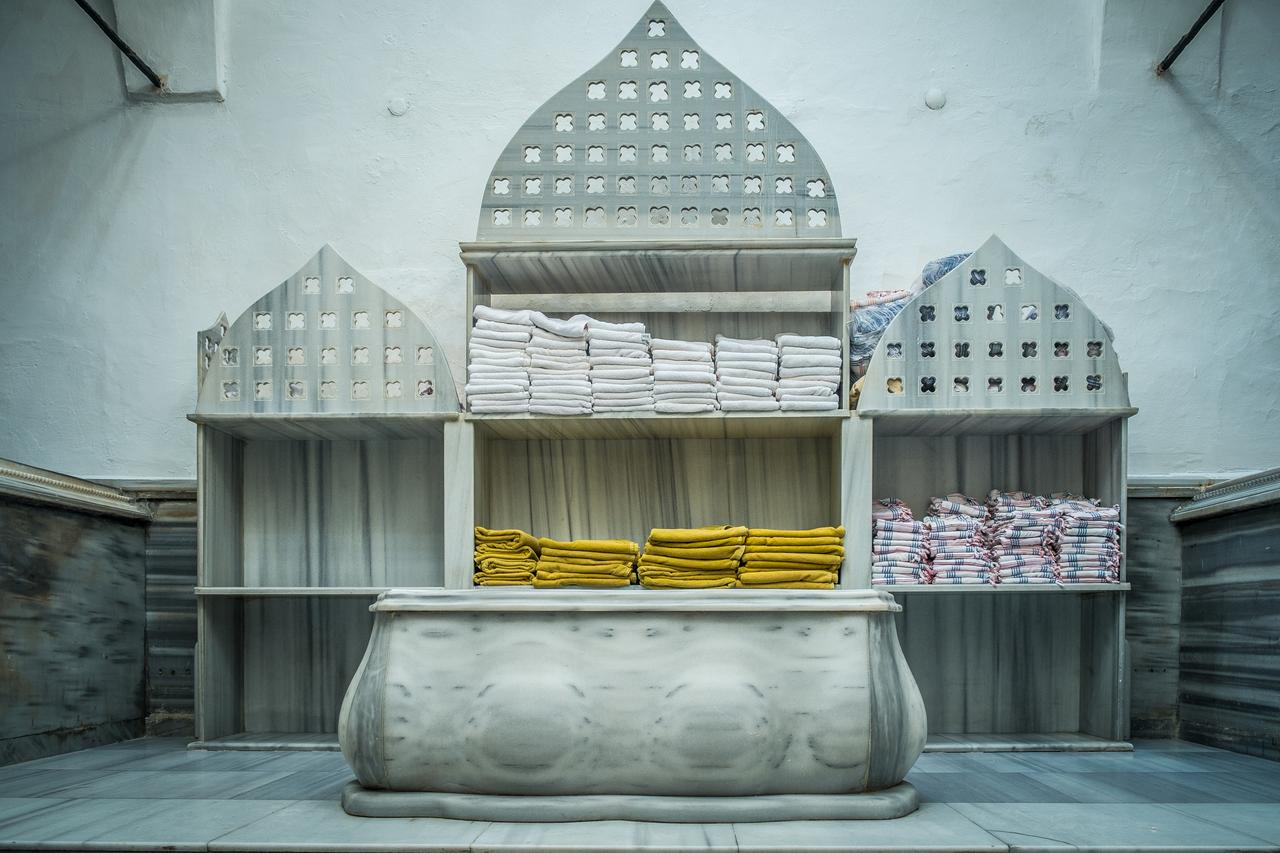
In Turkish culture, water has always held sacred importance, symbolizing both physical cleansing and spiritual purification. Hamams, evolving from ancient Roman and Byzantine traditions, were seamlessly integrated into Islamic-Turkish life. During the Ottoman period, these bathhouses became architectural and social landmarks, appearing in cities, towns, and even village complexes.
But their role extended far beyond the pragmatic. For women, these spaces provided a rare and valuable chance to escape the domestic sphere, to bond, exchange news, perform rituals, and celebrate milestones such as weddings, childbirth, and religious festivals.
In a world where women’s public presence was often restricted, hamams became venues for empowerment, expression, and cultural education.
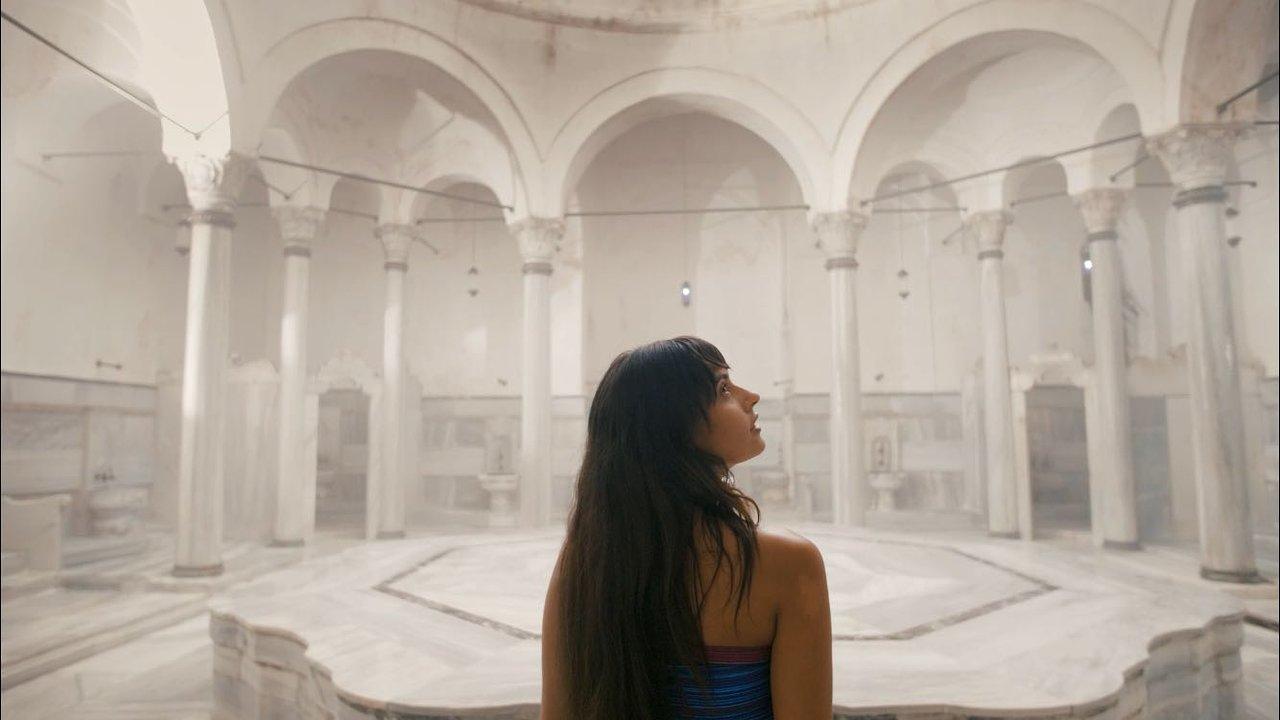
According to Aydin’s research, women were the primary drivers in both preserving and evolving hamam traditions. The rituals they practiced—the preparation of elaborate bath bundles, the organization of bridal and forty-day postpartum baths, and even the singing of folk songs—were passed from mother to daughter like heirlooms.
Women also influenced the design and etiquette of the space. Baths were divided into sections: the “camegah” (changing area), “hararet” (hot room), and “kulhan” (furnace space). Each section was tied to different phases of the ritual, and women’s presence shaped everything from interior architecture to the tools used, such as ornate bath bowls, embroidered towels, and carved wooden sandals.
As such, the hamam was not merely a space, but a living cultural institution sustained by the hands and hearts of women.
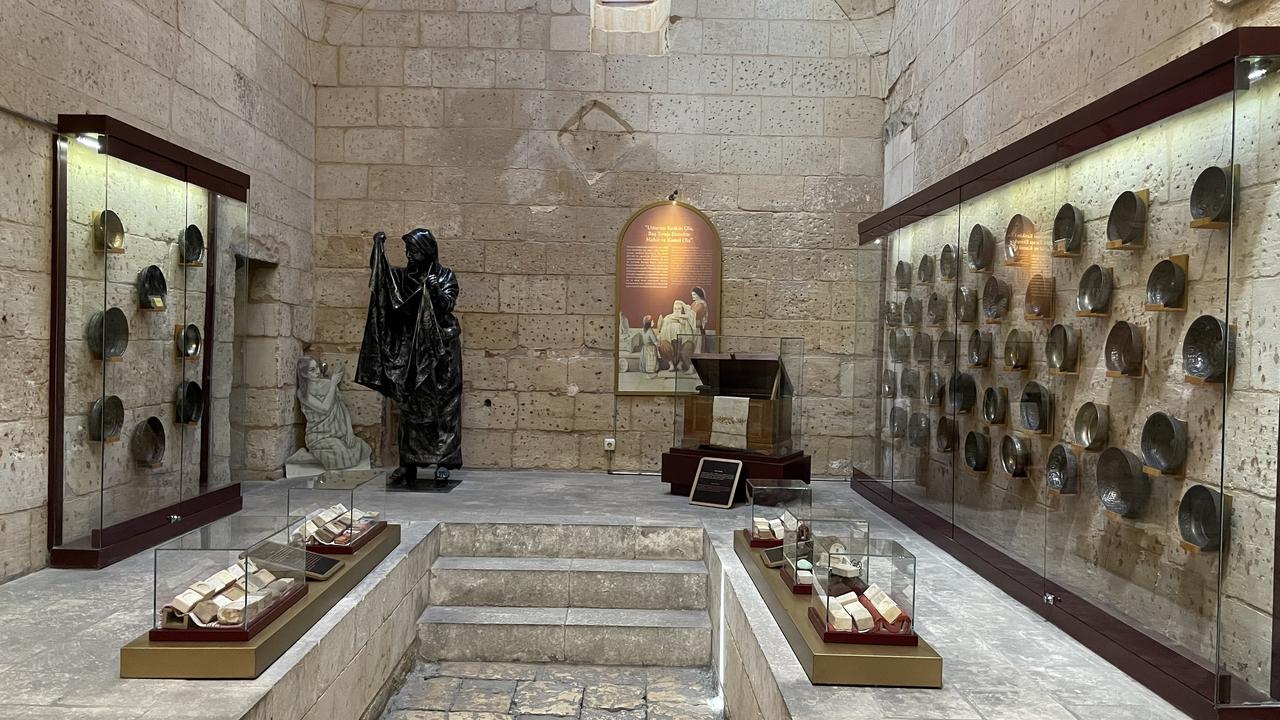
However, the decline of public bathhouses began with urban transformation and modernization. As bathrooms became standard features in homes, the need for communal spaces diminished. Rituals that once brought together entire neighbourhoods faded, leaving many historic bathhouses abandoned or repurposed.
Some, like the Gaziantep Hamam Museum or the Sultan Bayezid II Turkish Bath Museum in Istanbul, have found new life as cultural institutions. Yet many others sit in disrepair—echoes of laughter and conversation replaced by silence.
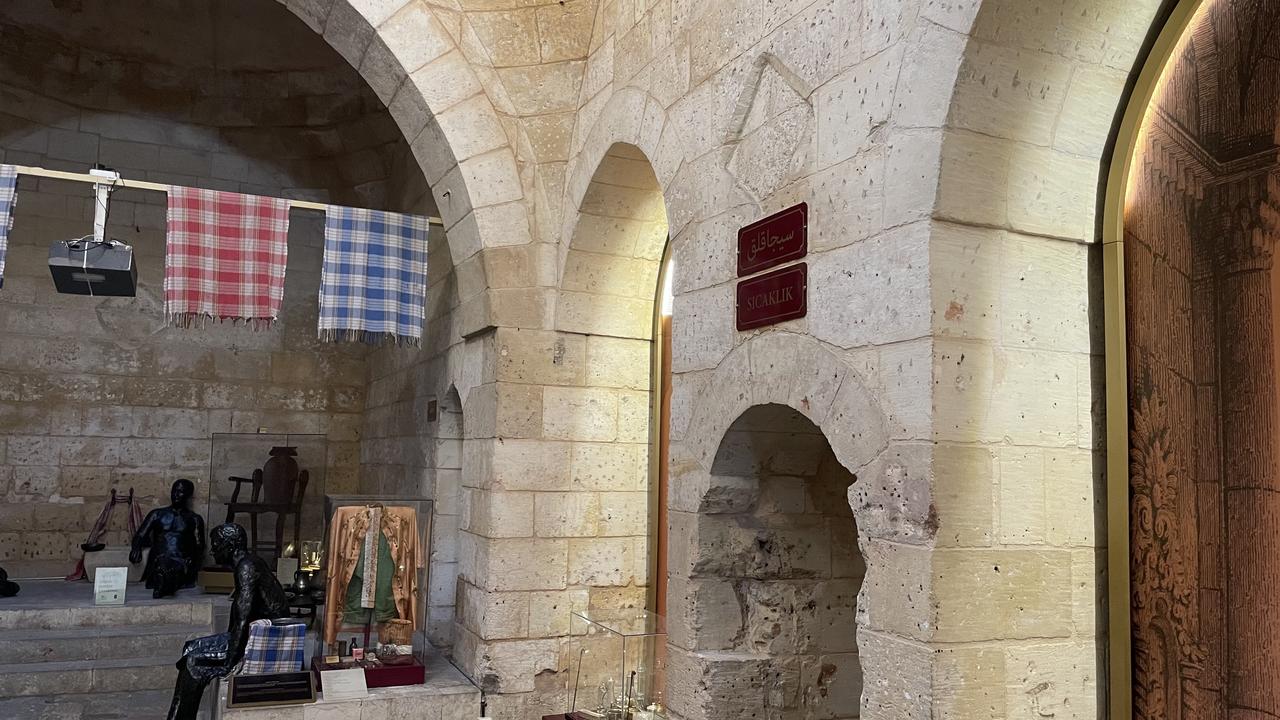
The study calls for a renewed vision: one that reimagines hamams not just as relics, but as community hubs. Could they serve as wellness centres, cultural spaces, or even city museums? Could they return as safe, meaningful places for women to gather once again?
Aydin suggests this is more than nostalgia—it’s a cultural necessity. “Revitalizing bath culture means revitalizing shared memory,” she writes. “And women are still the key to passing on this heritage.”
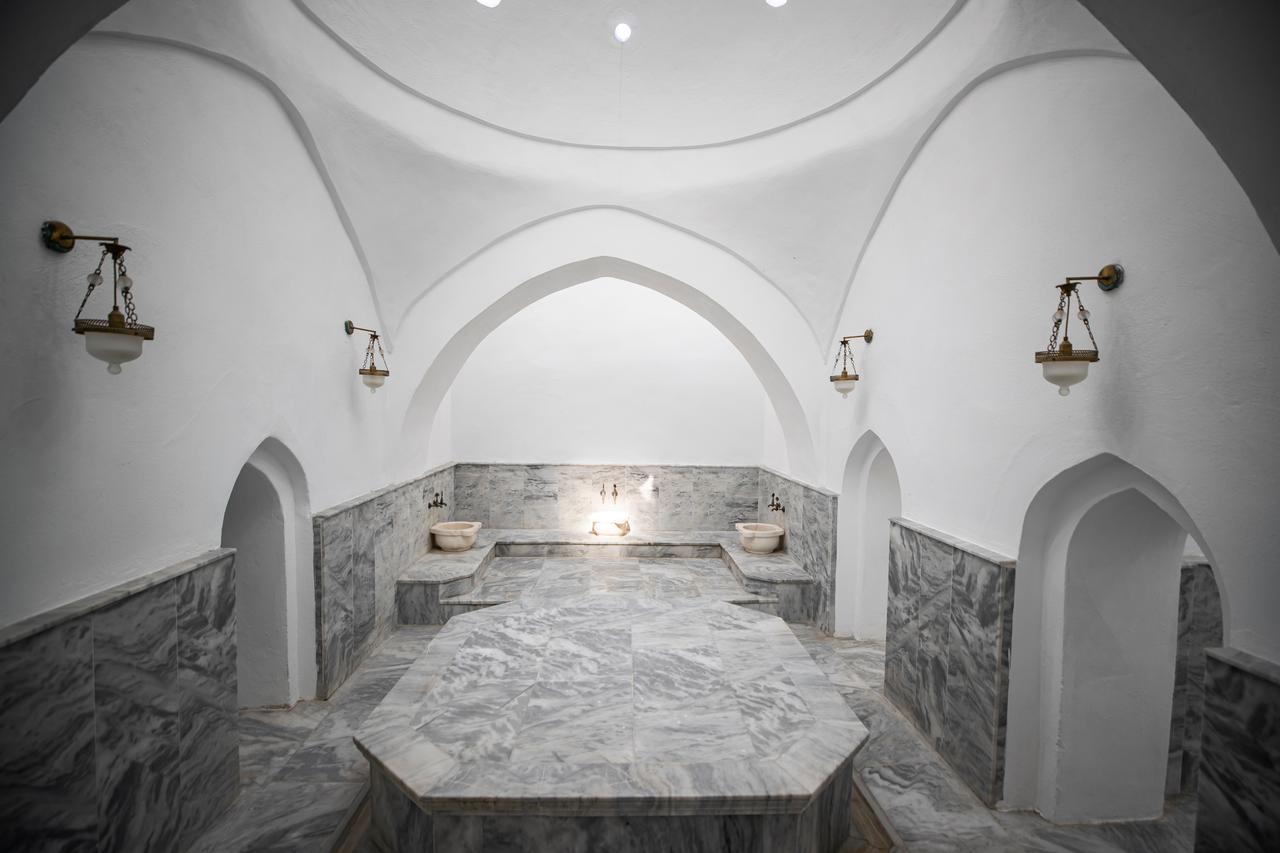
If supported through policy, investment and community engagement, these historic spaces could find new relevance in the modern world—preserving both architecture and the intangible rituals within their steamy walls.